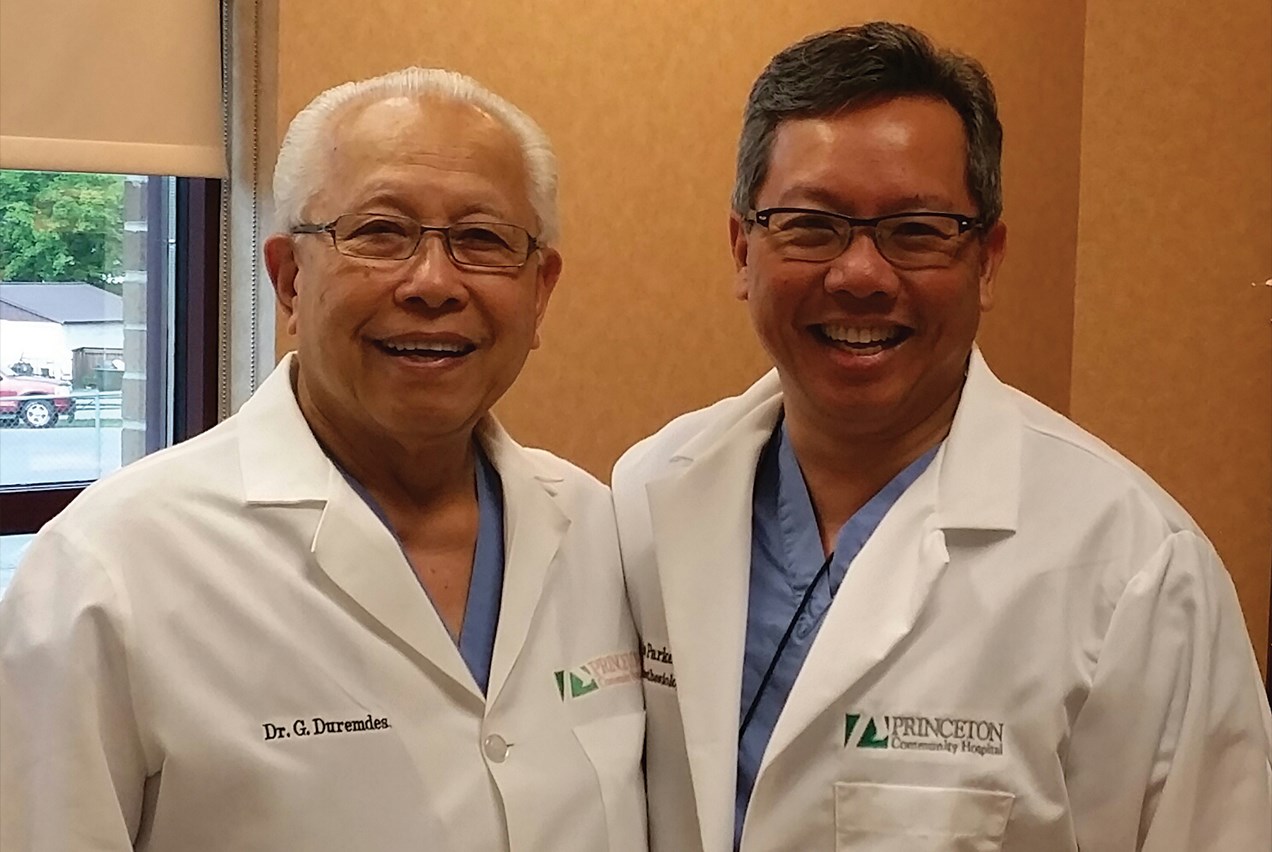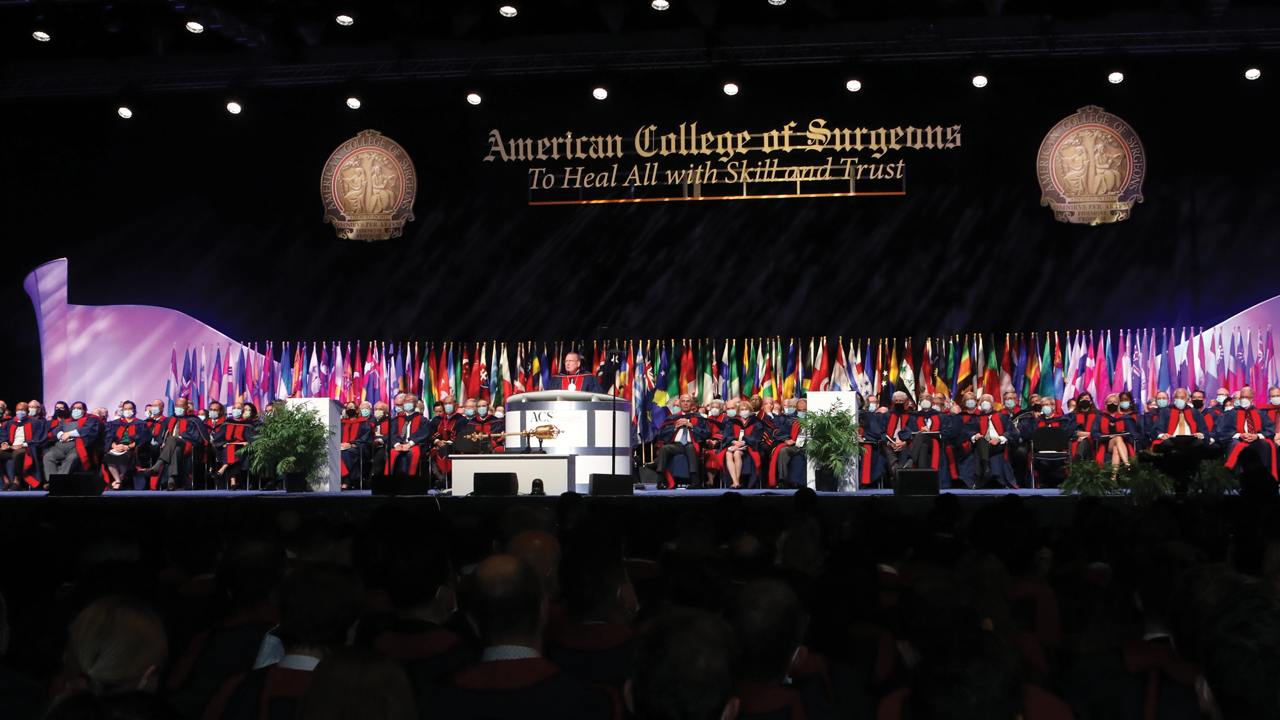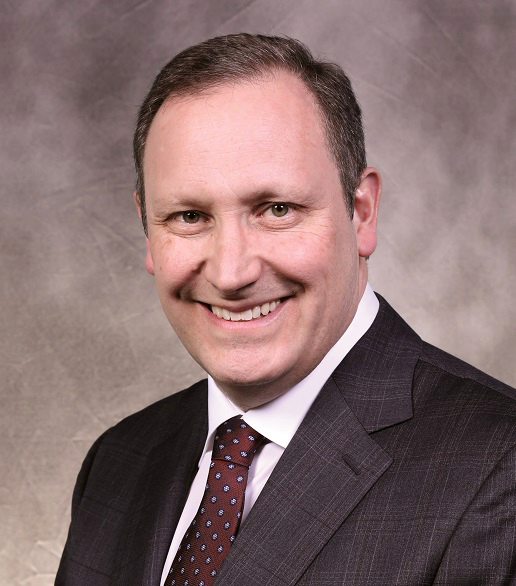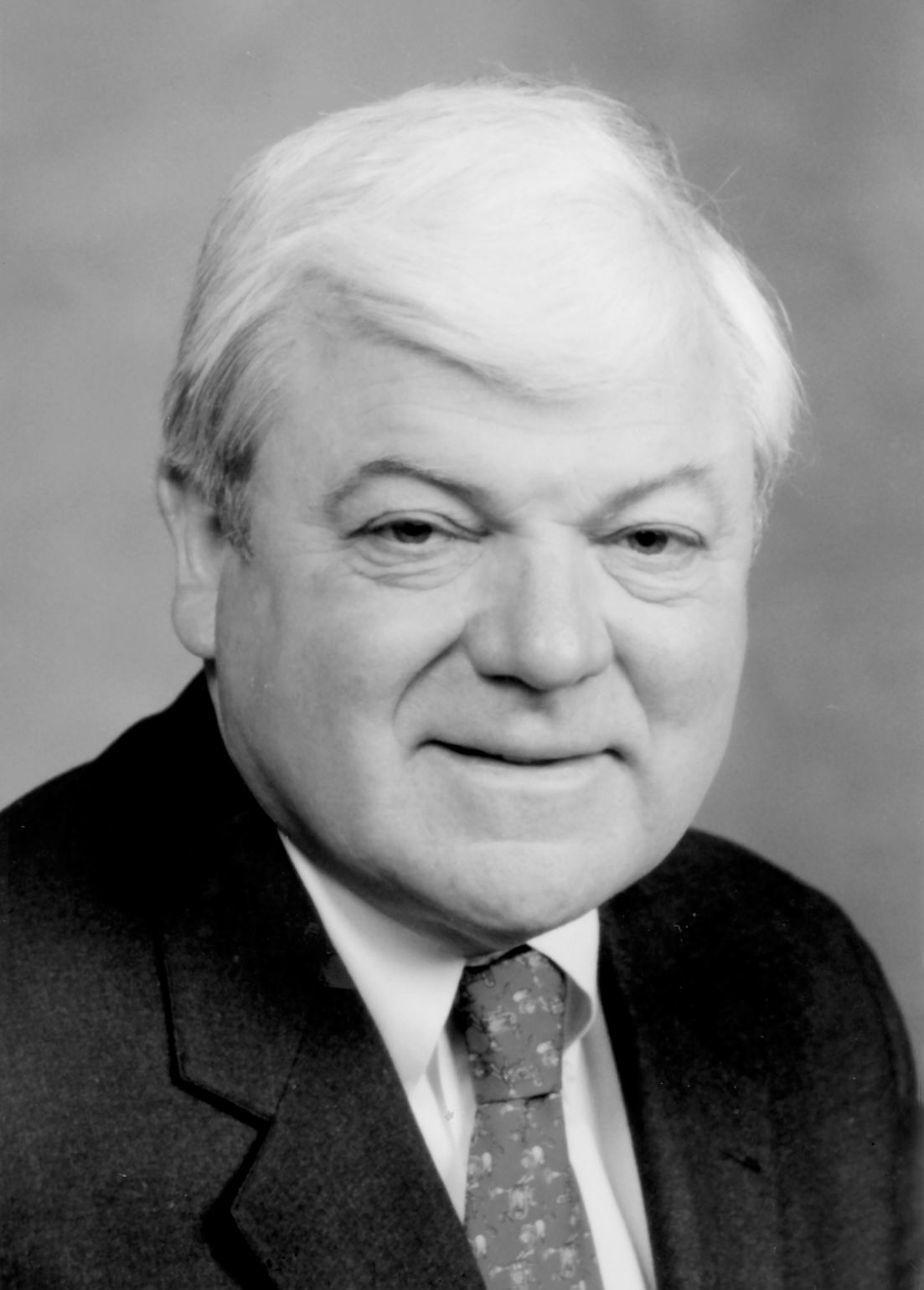Second Victims, COVID-19, and Post-Traumatic Stress
In March 2020, Brittany Bankhead, MD, FACS, assistant professor of surgery, trauma/acute surgical care at Texas Tech University Health Sciences Center in Lubbock, was practicing at MGH during her fellowship in surgical critical care.
As a trauma surgeon, she participated in the care of many gravely injured patients. As she said, “Every day, every shift, my work is fraught with high-acuity, high-stress, intense pathophysiology, where patients had woken up that day thinking it would be normal.” Death and complicated treatment were a part of her professional life.
But nothing could prepare her for the COVID-19 pandemic. At MGH, Dr. Bankhead took on the role of ICU physician in the early crush of COVID-19 cases, which grew rapidly, all while she and her colleagues were struggling to learn more about the virus.
Dr. Bankhead described the strangeness of handling it firsthand and then learning about it through other channels.
“Every night in that first week, I’d go to work and experience the surrealism of seeing this condition I’d only seen on the news before, and then I’d walk home and see new outlets reporting to all the world what my colleagues and I were dealing with on a minute-to-minute basis,” she said.
It was a much different experience than interacting with trauma victims, both in terms of treating the disease, as well as in watching extremely ill individuals face their death. “These patients were dying alone, terrified both of being there and not being there,” she said.
As surgeons and physicians around the world were grappling with patient care, they were living through fear, anxiety, and uncertainty in their own lives.
Dr. Bankhead, a mother of two, was confronted with the need to make difficult choices regarding interactions with her children. It was a profound struggle, Dr. Bankhead said, to cope with being a good parent while managing wildly increased work hours, sick patients, and uncertainty. She ultimately made the difficult decision to have her children stay with her parents for their safety, but it all took a severe toll on her mental health: “I felt like the ultimate failure as a mom, for not being able to take care of them and patients at the same time.”
All the while, she was afraid that a hole in her glove or an ill-fitting mask might lead her to the same fate as so many of her patients—on a ventilator, alone, leaving her children without a mother.
“We like to think as surgeons and scientists we can completely compartmentalize emotions from adverse or ongoing health events, but you inherently have a tie to them,” Dr. Bankhead said. “You always want the best for your patients, but this was different because you had the added component of wondering, ‘Am I going to spread this to my family? Am I going to get it myself? Can I take care of my patients while taking care of myself?’”
As with an iAE, the patients suffering and dying from COVID-19 were the primary victims. But like many of her colleagues on the frontlines of the pandemic in those early days, Dr. Bankhead was caught in a seemingly unending second victim cycle of fear, anxiety, sadness, and guilt, even though no one at the time would find fault with her for any potential error.
All the same, “I would have the feeling of guilt about decisions I made for patients and realizing it was wrong—not because I made a clinical mistake, but because no one knew better,” she said.
As her time treating COVID-19 during the initial waves wore on and eventually passed, and she moved with her family to practice in Texas, Dr. Bankhead could tell that she was not recovering as she expected from the many adverse patient events she faced. There were certain sensory experiences that would trigger flashbacks and familiar feelings of panic—news headlines from March 2020, the beeping of ventilators, the smell of an N95 mask.
“I knew these triggers bothered me and they weren’t normal, but I felt it was my job to power forward and, quite frankly, suppress it,” she said.
But it would not be simple, because Dr. Bankhead was experiencing post-traumatic stress disorder (PTSD) due to the barrage of illness and death she experienced, all associated with the ongoing event. Research has suggested that severe second victim syndrome can lead to a diagnosis of PTSD.4
Dr. Bankhead would struggle with sometimes disturbing thoughts stemming from her post-traumatic stress. Fortunately, she was able to recognize how dangerous they could be to her health, family, and career. She needed time and space away from work, and she increased individual counseling sessions, which aided in her healing and return to a new normal. She continues to succeed as a trauma surgeon, researcher, and in her personal life. But without a clear definition of healing, recovery from her experience with PTSD is an ongoing story.
Supporting Second Victims
Second victim syndrome and PTSD—suffered by many healthcare practitioners throughout the acute phases of the COVID-19 pandemic—developed in unique, chaotic work circumstances. In a typical practice environment, research has found that healthcare workers involved in a second victim event are likely to progress through six stages in the aftermath, including chaos and accident response, intrusive reflections, fear of colleague and leadership perceptions, and enduring the internal and external investigations into the incident.5
But the final two stages take on particular importance for surgeons:
- Emotional first aid: Provider connects with colleague, mentor, or mental health professional for assistance in processing the event
- Final disposition: Provider may “drop out,” “survive,” or “thrive” after the event
Surgeons experiencing the second victim phenomenon can suffer in myriad ways—emotionally, mentally, and, potentially, in their careers. But, as surgeons have started to show in recent years, a strong institutional support system can make all the difference in getting to recovery, and a lack of such a system can be damaging.
“The problem is that we as surgeons are not taught how to support each other,” Dr. Khansa said. “Historically, we tend to beat each other down, which is what commonly happens during morbidity and mortality conferences. It’s an old school approach. But there’s a better way—support each other and build systems to encourage that support.”
The Power of Peer Support
Dr. Kaafarani and his team in Boston sought to establish a support system using the most empathetic group of individuals who could understand a surgeon’s complex relationship to managing an adverse event—their peers. Among the key data from his initial study on how surgeons responded to iAEs,2 his team saw that it was a surgeon’s colleagues, above all other sources, who were a second victim’s most frequently used support system.
Based on these findings and other data showing the effectiveness of peer support, they designed a formal, surgery-specific peer support program at MGH for surgeons who experienced iAEs and catastrophic outcomes.6 The design of the program focused on identifying and training peer supporters, identifying iAEs quickly after they occurred, initiating follow-up to the affected surgeon, and starting a discussion between peers to help the individual work through the event.
Although the impetus was data-driven, Dr. Kaafarani had doubts about how effective such a program would be among surgeons, who are stereotypically seen as uninterested in engaging with the emotions of patient care.
“My expectation, understanding the culture of surgery, was that the program would be perceived as fluff and not meaningful. But I couldn’t have been more wrong,” he said. “As soon as I got the courage to establish it, to talk about second victim syndrome and the program in the open, and say, ‘This is what we need to do,’ the reception was unbelievable.”
The numbers from the study were highly positive. In the first year of the second victim program’s operations, the peer team performed nearly 50 outreach interventions after significant surgical mishaps or unexpected patient deaths. More than 80% of participants in the program believed that it had a “positive impact on the department’s ‘safety and support’ culture by raising awareness of the need to support colleagues going through difficult patient situations.”6
The program design and its positive results could have implications for surgery programs that want to bolster intradepartmental support for surgeon well-being. Other surgeons have found in their own experiences, at all career levels and in all practice environments, that peer support matters and it works.
“What we found in our study is that support from peer residents should be stressed,” Dr. Pearson said. “It really can start a snowball effect, in a positive way, by building camaraderie, which encourages residents to use each other as resources, and improving teamwork. It gets residents talking to each other, about both patient-related matters and more personal ones, which has a positive spillover effect with communication.”
According to Dr. Bankhead, during the early days of the COVID-19 pandemic, when few institutional resources were available to aid physicians as they coped with the spike of patients, even informal peer support was critical.
“Unofficially, we were using peer support every day—at check in, at sign out. There was a built-in community of mutual understanding, and we were checking in on each other, asking how our families were,” she said. “It was a necessary release for anyone who took care of COVID-19 patients in the first waves.”
Ultimately, the goal of a peer support group for second victims is found in the final stage progression described previously. No hospital wants their surgeons to drop out due to an unresolved second victim event, and even simple “survival” falls short. It’s important to get surgeons into the stage where they thrive, become more interested in quality improvement, and can recognize issues in others, while promoting improved recovery processes for their colleagues and improved patient outcomes.
According to Dr. Khansa, “There’s a really good opportunity for growth after a surgeon experiences an adverse event and for them to become safety advocates who work to prevent future occurrences.”
While second victim-specific support programs are only beginning to be implemented in hospitals, most institutions do offer support systems such as employee assistance programs. But these resources often struggle to build awareness.
“The challenge is that not enough people realize resources are available,” Dr. Pearson said. “For people interested in surgeon wellness, knowing what resources are available and knowing how to guide staff and residents, and for institutions to promote those resources, is a change that needs to happen.”
A Steadfast Focus
Nascent programs that are dedicated to addressing surgeons as second victims show promise, and healthcare culture in the US is slowly adapting to meet the holistic well-being needs of practitioners. It is the hope that eventually all surgeons will have the support they need if, one day, they experience a complication, an outcome, or a patient death that they carry in their heads or hearts for longer, and more heavily, than expected.
But even as work toward that goal continues, surgeons will remain dedicated to patient care and compassionate in the face of difficulty. Second victims should not and cannot be ignored, but the focal point of surgical care will always be on the first victim of an adverse event.
“For better or worse, it is my job to ensure that the care that patients get—the high acuity needs, the technical skills, the follow-up—are top notch,” Dr. Bankhead said. “They deserve every bit of that, every bit of explanation, understanding, and empathy, and my hope is that is and always will be steadfast, no matter what happens to me as the second victim.”






